
- Builder
- Laconia Car Co.
- Description
- Wood interurban (suburban)
- Secondary Use
- None
- Type
- Interurban Cars
- Year
- 1906
- Retired from Service
- 1940
- Acquired by the Museum
- 1940
- Fund
- 748
- Sponsor/Manager
- Robert Drye
Manchester & Nashua St. Ry. 38
From Manchester, New Hampshire
History
The Manchester & Nashua Street Railway began operation in 1907 and acquired this car (originally No. 4) for service between the line’s namesake cities. The car also saw service on the Manchester & Derry Street Railway. In addition, the Manchester Street Railway operated the car on its line to Goffstown, NH. The cars on these lines were considered interurban cars as they ran between cities and were fitted with the proper running gear to provide for that type of service. These handsome cars also had a beautiful, ornate interior with comfortable plush seating typical of interurban type cars of that era. The cars of this series (both 5 window and 6 window versions) were lettered “RAPID TRANSIT LINE” by Laconia Car Co. as part of the original livery. The cars became known as “the Rapids” by the public.
The three Manchester street railways were subsidiaries of the Manchester Traction, Light & Power Company (later Public Service Company of New Hampshire). In 1910, No. 4 was renumbered to No. 32. In 1924, it was converted to one-man operation along with getting other modifications. The Manchester Street Railway acquired title to the car in 1932. The Manchester Street Railway’s original No. 38 was wrecked in 1935, and the Manchester Street Ry., trying to deflect bad publicity, renumbered car 32 to 38 and claimed it had been repaired. The car operated as No. 38 until the company ended trolley service in 1940. The Manchester Street Ry. repainted No. 38 and the other Rapids cars in a red and white scheme to match the rest of the company’s equipment and eventually removed the “RAPID TRANSIT LINE” logo from many of these cars. [See also: “Manchester and Nashua Street Railway Interurban Car 4 -32 – 38,” Dispatch, May 2005]
In 1939, Seashore started its collection with Biddeford & Saco streetcar No. 31. One year later, Seashore made its second acquisition with Manchester & Nashua No. 38. In 1962-1966, Seashore undertook a restoration, converting the car back to its original two-man configuration. Seashore has restored No. 38 with polished cherry woodwork and new upholstery. The museum has extensively rebuilt the trucks. Many parts used in the restoration of No. 38 came from Manchester Street Ry. No. 12 which had been used as a camp outside Manchester after retirement. No. 38 received further upgrades in 1990-1992.
Technical Information
- Seats: 40
- Control: K-28B
- Brakes: Straight Air
- Compressor: CP-27
Trucks
- Number: 2
- Manufacturer: Laconia
- Model: 8B
Motor
- Number: 4
- Manufacturer: General Electric
- Model: 80
Weight and Dimensions
- Length: 41’
- Width: 8’ 5.00"
- Height: 12’ 1.00"
Additional Images
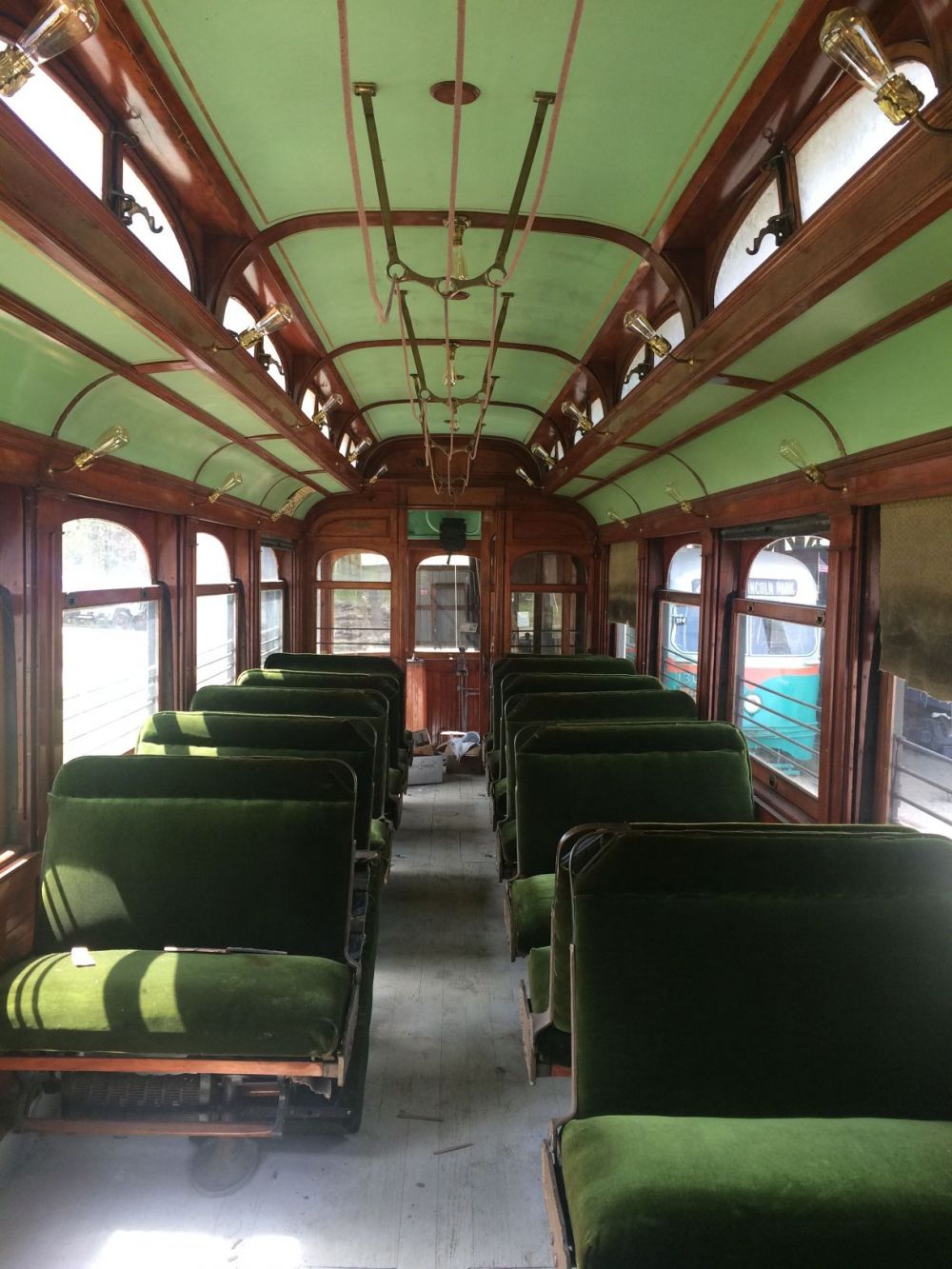
Katie Orlando
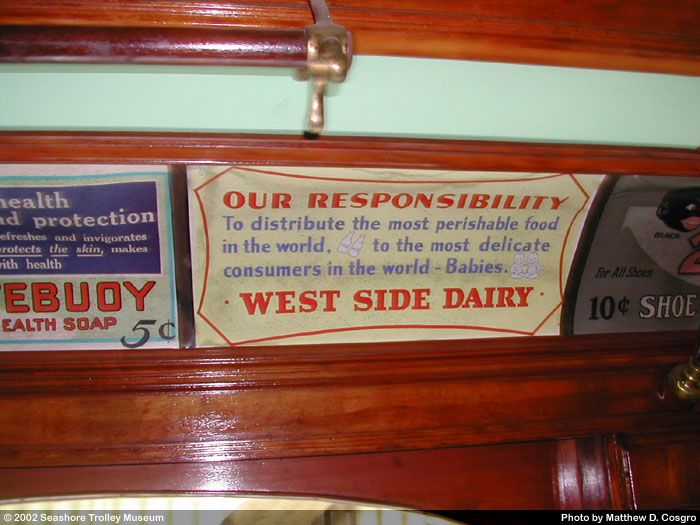
Matthew D. Cosgro in 2002
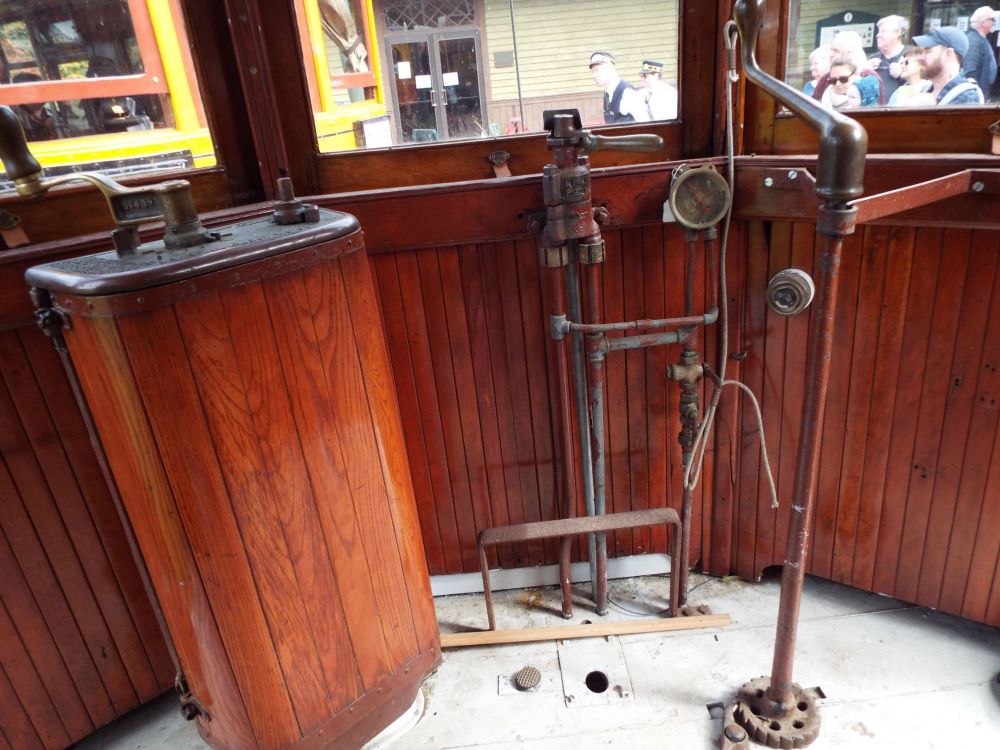
Kenyon F. Karl on 10/06/18
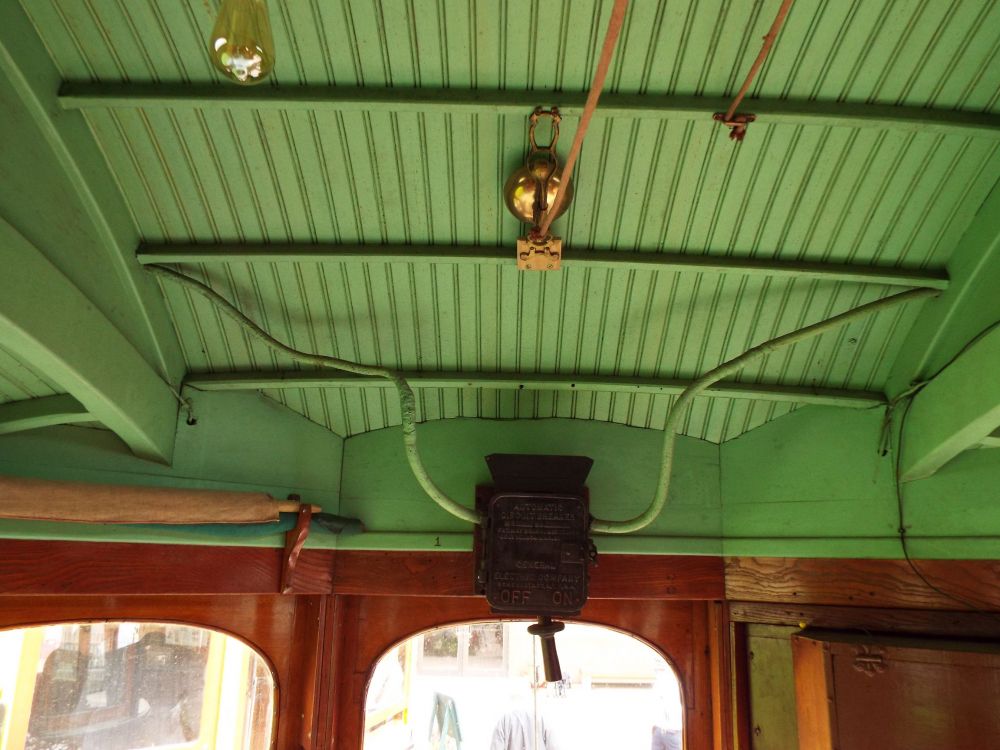
Kenyon F. Karl on 10/06/18
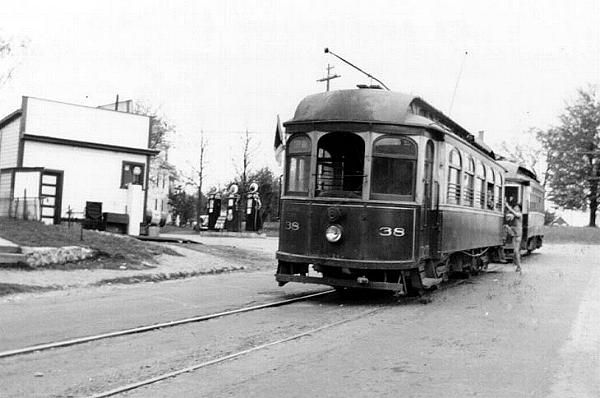
Bill Volkmer collection at newdavesrailpix.com
© 1998 - 2025 New England Electric Railway Historical Society. All Rights Reserved.